Memorial Day is to honor America’s fallen. So the Dames have decided to look at the various war-based films to share their individual favorites that honored the men (and women) who made the ultimate sacrifice during wartime.
KRISTEN’S 5
Full disclosure, war movies are the genre I avoid most often. Yes, I watch more Westerns than I do war movies. I just find battle scenes to be tedious, so I might have drawn on movies the other Dames mentioned already (yes, I’m doing mine last).
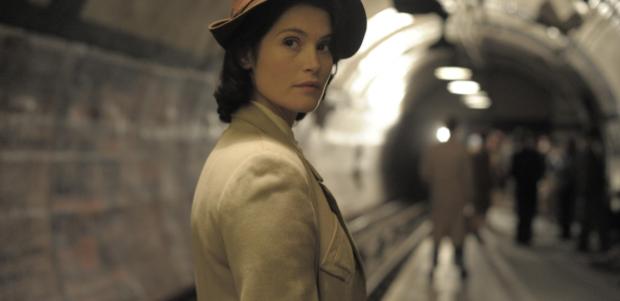
Their Finest (2017)
The best Dunkirk movie released last year, Their Finest tells the story of the war both from a female perspective as well as from a filmmaking perspective. Director Lone Scherfig shows us how women endured the random bombings and air raids, but also how the British film studios created propaganda to keep up morale as well as to galvanize British men to enlist. It’s funny, sad, but always has an eye towards telling you a different type of war story, as well as reminding you that all filmed depictions of war have a specific agenda.
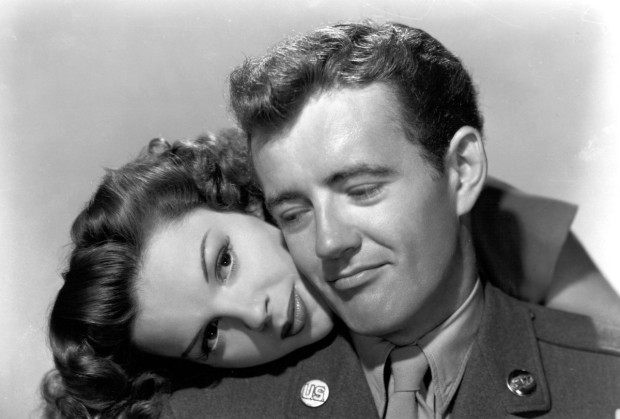
The Clock (1945)
As Kim laid out already, the wartime romance is a genre all its own, and some of the most legendary movies about combat have had a romance at their center. What’s great about Vincente Minnelli’s The Clock is how it plays with time, both as a literal passing of time and as a figurative construct. Judy Garland and Robert Walker’s characters barely know each other, but the fact that they don’t have the time in their lives to wait and see heightens their romance. Minnelli has clocks positioned throughout the film, to remind us that these lovers might part and never see each other again. It’s one of the few movies where I’d support marrying a man you just met.
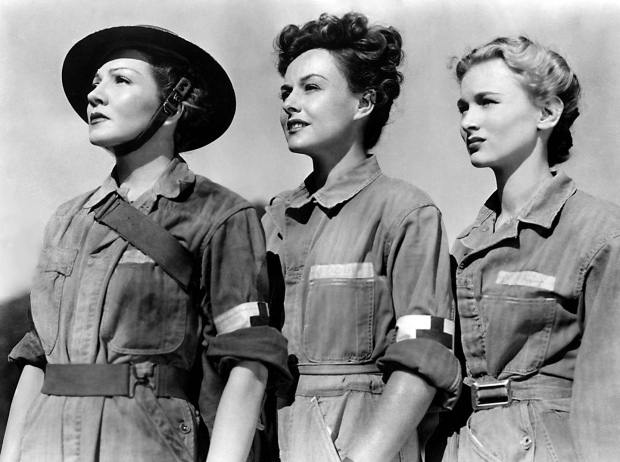
So Proudly We Hail (1943)
There weren’t a ton of wartime movies made about females on the battlefield. So Proudly We Hail, filmed in the midst of WWII, follows three military nurses as they recount the struggles and traumas they encountered in the Philippines. This is one of Veronica Lake’s best performances as Lt. Olivia D’Arcy. She didn’t get many opportunities to be little more than the female lead, but here she proves she has nuance. The other leads – Claudette Colbert and Paulette Goddard – are equally wonderful. This is a rare studio feature that isn’t consumed with marrying these women off, but showing what women just like them were doing to help contribute.
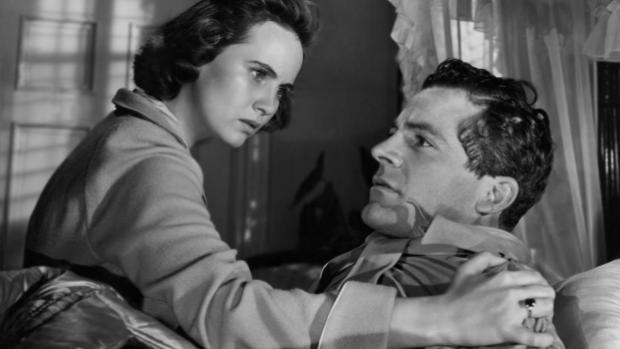
The Best Years of Our Lives (1946)
The Best Years of Our Lives isn’t just one of the best war movies, it also has the best disabled representation I’ve seen. Harold Russell won two Academy Awards here, and much of what makes me adore Best Years – outside of it being a fantastic story brilliantly directed by William Wyler – is how the able-bodied characters treat Russell’s. The group actually did research on disabled veterans, so little things like shaking Russell’s wrist, not his hook, are poignant for those who did come back differently. If you want to see a movie I have few complaints about regarding disability, this is it.

Pearl Harbor (2001)
Okay, I needed a five spot, and I’m sure just seeing the title means you’re humming Team America’s “Pearl Harbor Sucked” song right now. I actually saw this when it came to theaters in 2001 – I loved Ben Affleck, what can I say? – and remember appreciating what Michael Bay was attempting to do. Even as an adult I appreciate it. He tries to tap into ’40s-era romance films with Kate Beckinsale’s Veronica Lake-esque hairdo to Ben Affleck attempting to capture what I can only assume is a Burt Lancaster vibe. The war scenes are solid which is really all that matters. I mean, it’s offensively inaccurate in some parts but isn’t that why “Pearl Harbor sucked….and I miss you!”
KAREN’S 5
There are so many great war films and it was hard to decide what to cut. Since this is Memorial Day and not Veteran’s Day, I decided to focus on films where soldiers died in war, rather than just on war films in general. And it’s still hard to decide what stays and what goes.
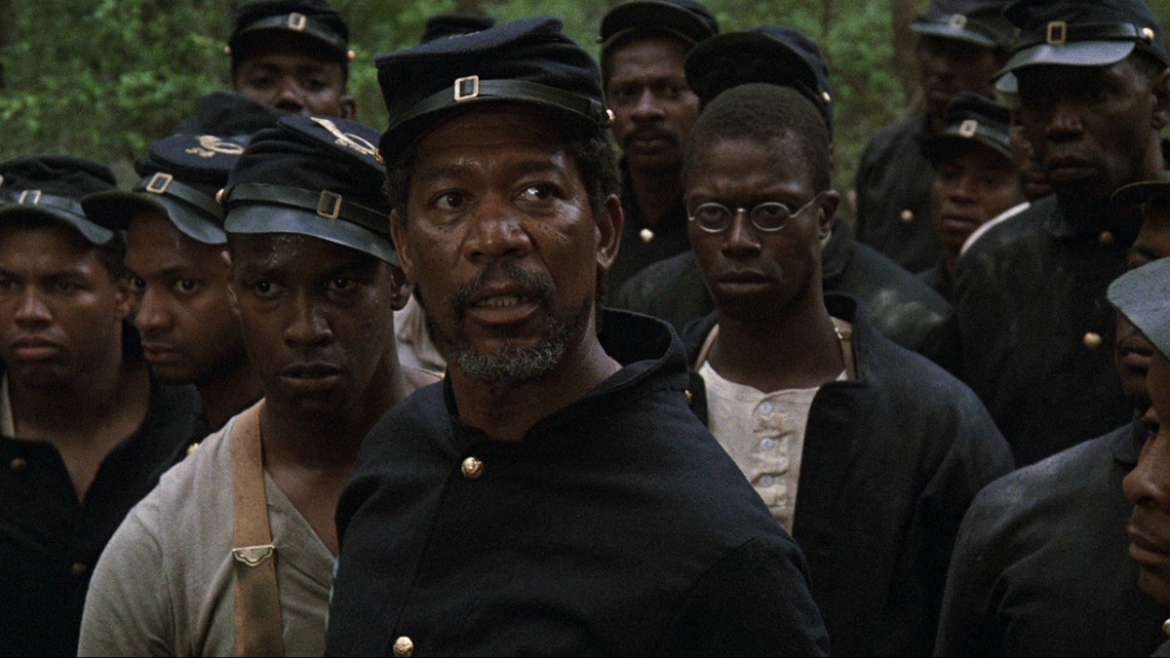
Glory (1989)
The fight for freedom takes on even more meaning in Edward Zwick’s Glory. We know there aren’t nearly enough films that tell the side of black soldiers in the Civil War. This one is about the first all-black volunteer company. It won three Oscars, including a Supporting Actor prize for Denzel Washington, but the story is one that more people need to know and study because it is an important piece of the story of where we are now
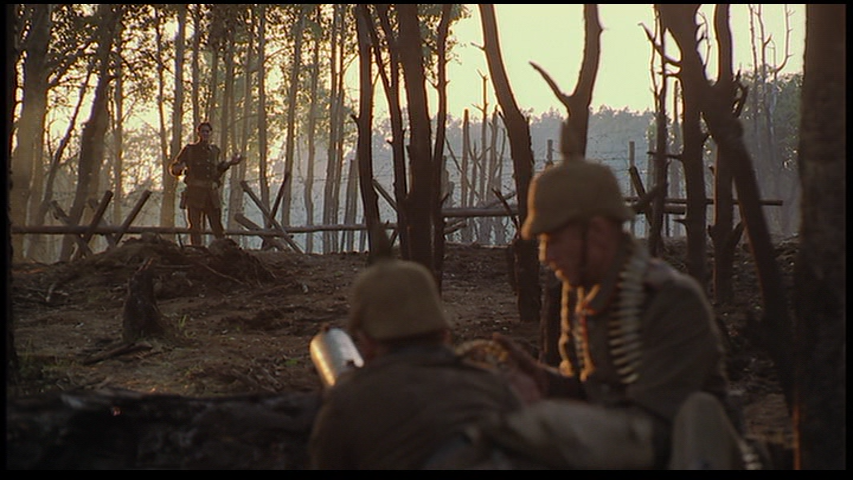
Legends of the Fall (1994)
It’s true that I have a ridiculous soft spot for this film. But the fact is, a soldier’s death is the catalyst for everything that happens in the rest of the story. When all three Ludlow brothers go off to fight in World War I, two come home. Youngest brother Samuel (Henry Thomas) dies right in front of older brother Tristan (Brad Pitt). It is a moment that will destroy the entire family and set off everything else that happens to them afterward.
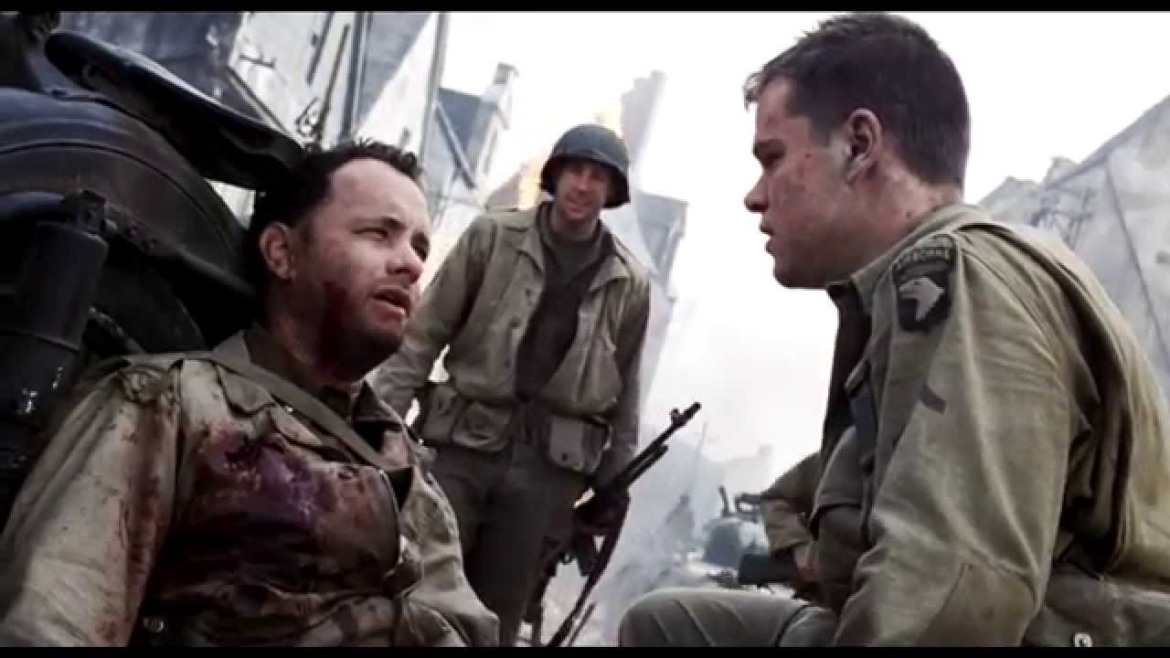
Saving Private Ryan (1998)
I wish they hadn’t sacrificed so much to save Matt Damon, but this is one brilliant portrayal of the cost of war. Maybe a bit cliché to include it on a list like this, but this is a film that really serves as a solid reminder of what Memorial Day is for. It’s heartbreaking and brutal and sad and any leader contemplating sending troops into battle should watch this film first and ask themselves if it’s really worth the price.
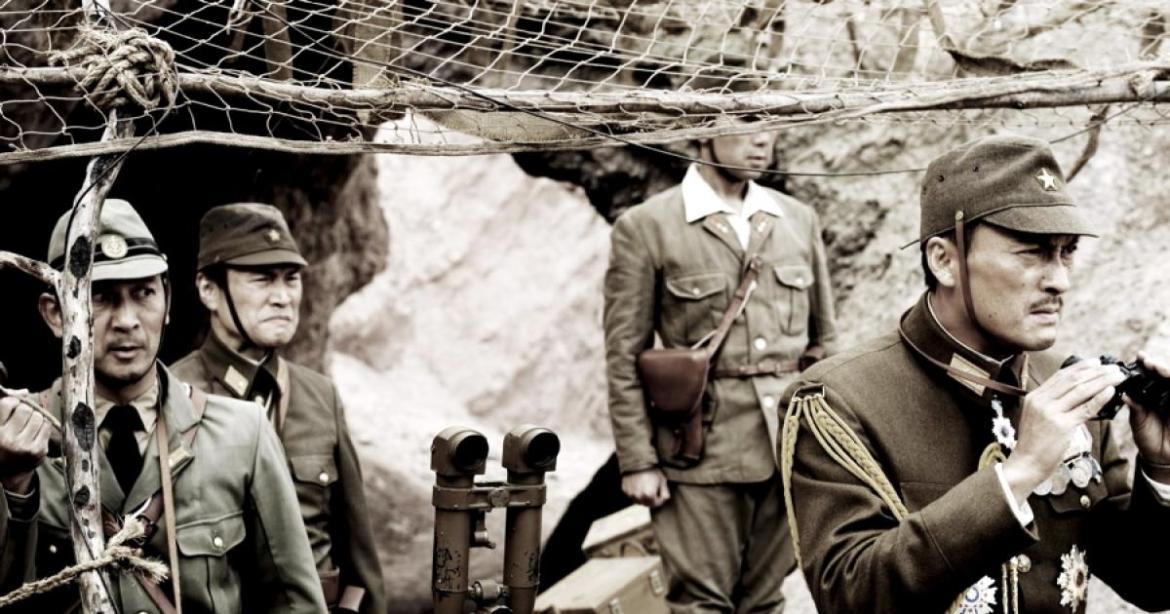
Letters from Iwo Jima (2006)
I wish I could have seen this film from a Japanese filmmaker. Alas, it’s Clint Eastwood and possibly his best directorial effort. His story is that while filming Flags of Our Fathers, about the battle at Iwo Jima, he started to think about the battle from the side of the Japanese soldiers who weren’t there as volunteers. And so this film emerged and was far superior to the first.
Americans and Brits love stories of World War II. Last year there were two Best Picture nominees that both centered around British troops on the beaches of Dunkirk. But we rarely consider the cost of the war from the side of the aggressors. Nazis were bad. We don’t dispute this. But what about the Japanese soldiers who were often pulled right out of their homes and sent off to fight a war they didn’t understand and didn’t want? This is one of few films I’ve seen that has attempted to look at that experience. It is heartbreaking in different ways that something like Saving Private Ryan. These soldiers’ deaths weren’t glorious. They were quite the opposite, in fact, but are still important to remember.

All Quiet on the Western Front (1930)
As much credit as Spielberg gets for his realistic war portrayals in both Saving Private Ryan and Schindler’s List, this film from way back in 1930 (not the 1979 remake), deserves even more. In fact, Spielberg cites this film as inspiration for his. Because it was made in the days before the Hays Code, director Lewis Milestone didn’t have to shy away from the horrors of World War I. He drops the audience right into the middle of battle and forces you to go through this experience right along with them. It’s brutal, it’s horrific, and deeply moving in certain quiet moments. It really is one of the greatest war films ever made.
LAUREN’S 5
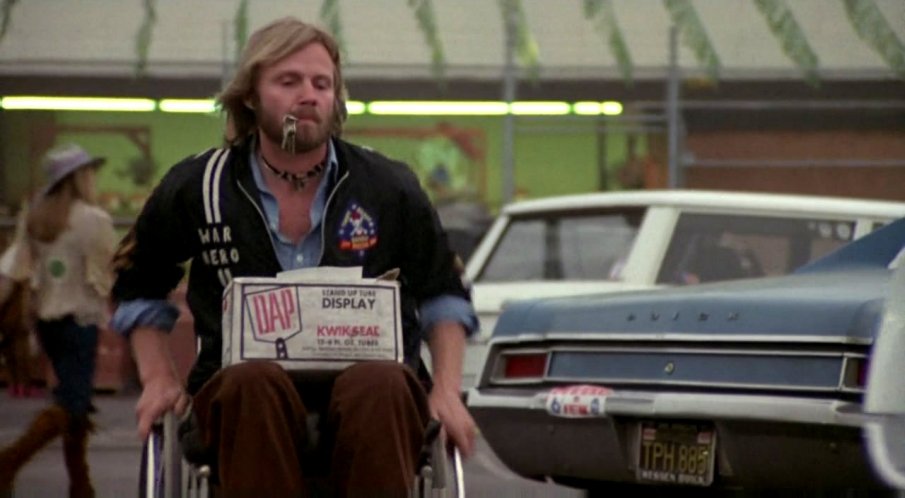
Coming Home (1978)
Coming Home is one of several films that deals not with war itself, but its aftermath, and the difficulty that both veterans and their loved ones have with readapting to life following such a cataclysmic experience. It doesn’t vilify Bruce Dern’s shell-shocked veteran in favor of the romance between Jane Fonda and Jon Voight. It rather seeks to understand everyone, both the woman who has grown since her husband was away, and the men who have faced so much and find themselves often unable to cope. Many films out of the Vietnam era managed to balance sympathy with veterans with disgust about the war itself, and Coming Home is remarkably tender and complex in its depiction.

The Big Parade (1925)
King Vidor’s remarkable and influential film has become a late favorite of mine. John Gilbert is a young man persuaded to join the army during World War I. In basic training, he makes friends with working class soldiers and is shipped off to France, where he falls in love with a young woman despite being unable to speak her language. The film drives us right into the trenches, depicting with sometimes shocking detail the intimacy of war and the ultimate effect it has on the men fighting and dying in it. It’s an early film to show the true human cost of war simply by bringing the viewer into close proximity to it.
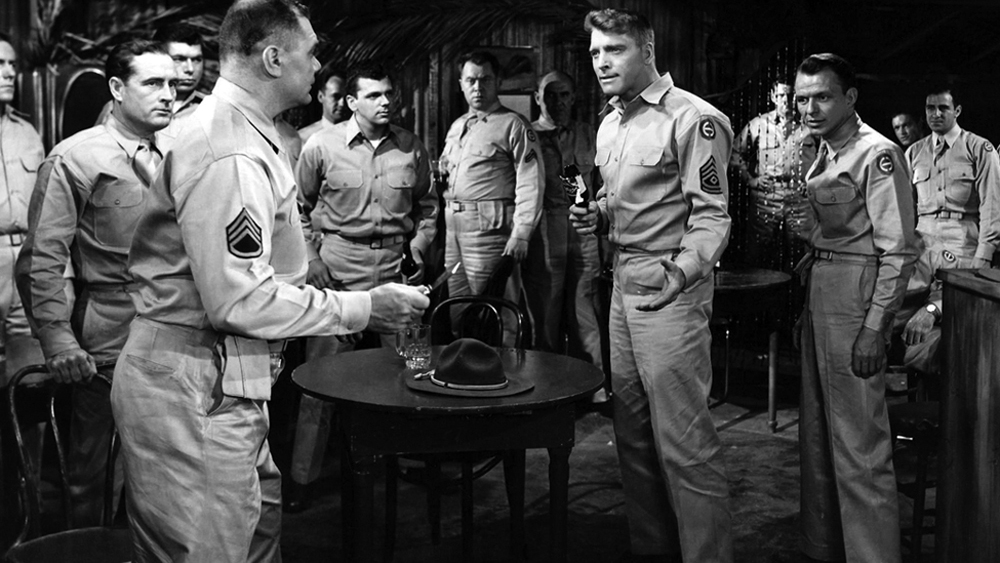
From Here To Eternity (1953)
Another film to successfully depict the human cost of war, From Here To Eternity really does deserve its place in the pantheon of great war movies. Most of the film is taken up with the various lives and loves of men stationed in Hawaii just prior to Pearl Harbor. Ever actor is on point here, and in a film that features Burt Lancaster, Montgomery Clift, Deborah Kerr, Frank Sinatra, Donna Reed, and Ernest Borgnine, that’s really saying something. While the bombing of Pearl Harbor isn’t the absolute central focus of the narrative, it hangs like a pall over the men and women whose lives we follow.
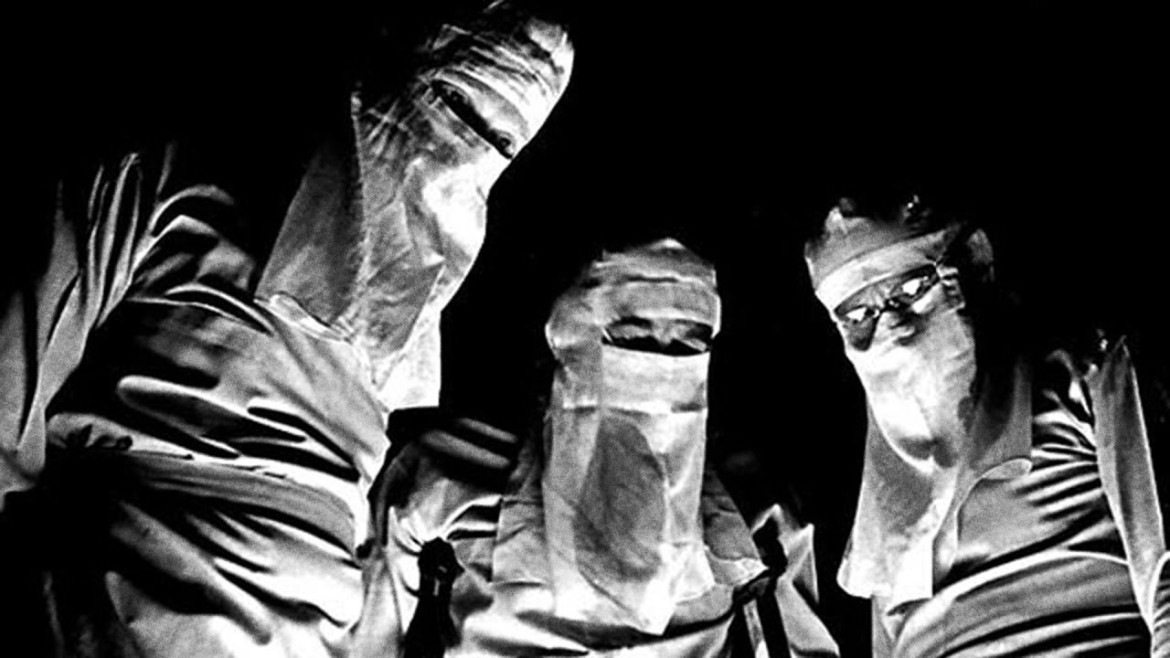
Johnny Got His Gun (1971)
The film version of Dalton Trumbo’s brilliant and horrifying novel came out in 1971, at the height of America’s involvement in the Vietnam War. Written and directed by Trumbo, the film bears every mark of his pitch black humor and palpable anger, using them to excellent effect in the story of a young man who, in the last battle on the last day of World War I, becomes a quadruple amputee. Unable to speak, see, hear, or smell, he has to lie in his hospital bed, replaying over his relationships, his war experiences, and his despair as he attempts to communicate with his nurses and doctors. It’s a heart-wrenching and infuriating story about a soldier that no one can hear, and is as powerful today as it was in 1971.
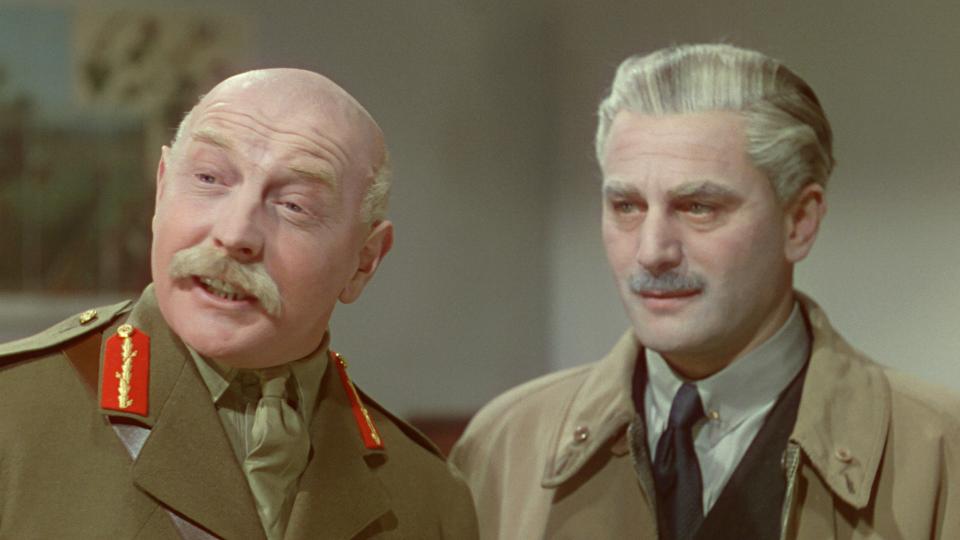
The Life and Death of Colonel Blimp (1943)
Um, so evidently I have a certain kind of taste when it comes my “war” movies. The Life and Death of Colonel Blimp is a sharp satire from Powell/Pressburger, cataloguing the life of Major-General Clive Wynne-Candy (Roger Livesey) and his career from the Boer War in 1902 through to World War II. The film satirizes Candy while depicting his heroism, as his particular brand of gentlemanly warfare rapidly goes out of date. Most poignant is his friendship with Theo (Anton Walbrook), a German officer with whom Candy fights a duel and then grows to love. As times change, Candy doesn’t, and his failure may be seen as a reflection of Britain’s unwillingness to move with the times and to accept that war and heroism are seldom black and white.
KIMBERLY’S 5

Halls of Montezuma (1951)
Deep cut alert. I have a long history with this movie: Richard Widmark, Martin Milner and Jack Webb are all in this, and I had lengthy phases for each and every one of them. The film follows a platoon (led by Widmark) as they move through the jungles of southeast Asia in hopes of destroying an encampment of Japanese rockets.
The film is directed by the iconic Lewis Milestone, who’s known for injecting a certain amount of humanity into his war films. The movie is very much a character piece, focusing less on the battle (as war films of this era are prone to do) and more on the effect of war on the men behind the lines. Widmark gives a tremendously powerful (and likeable) performance, and a very young Martin Milner steals part of the film with an emotional portrayal of a young private.
The film features a surprisingly A-list cast, including Jack Palance, Robert Wagner, Karl Malden and Richard Boone.

Mister Roberts (1955)
Embarrassing reveal coming. I initially watched this movie for Martin Milner. He’s in it… for thirty seconds. Anyway, Mister Roberts was a dramedy adapted by John Ford from a stage production (also starring Fonda). Aside from the quippy writing, what really sells this film are the performances. Henry Fonda and William Powell (in his last screen role) are their usually likeable selves. James Cagney puts forward a tour-de-force as the villainous ship’s captain. However, Jack Lemmon steals the show as Ensign Frank Pulver. The role would land Lemmon an Oscar as well as net Pulver a spin-off film in 1964 (then played by Robert Walker Jr).
Mister Roberts is a rare dramedy which plays all its roles exactly right. It works effectively with not only the comedic elements, but also the emotionality of the plot. Check it out if you haven’t.
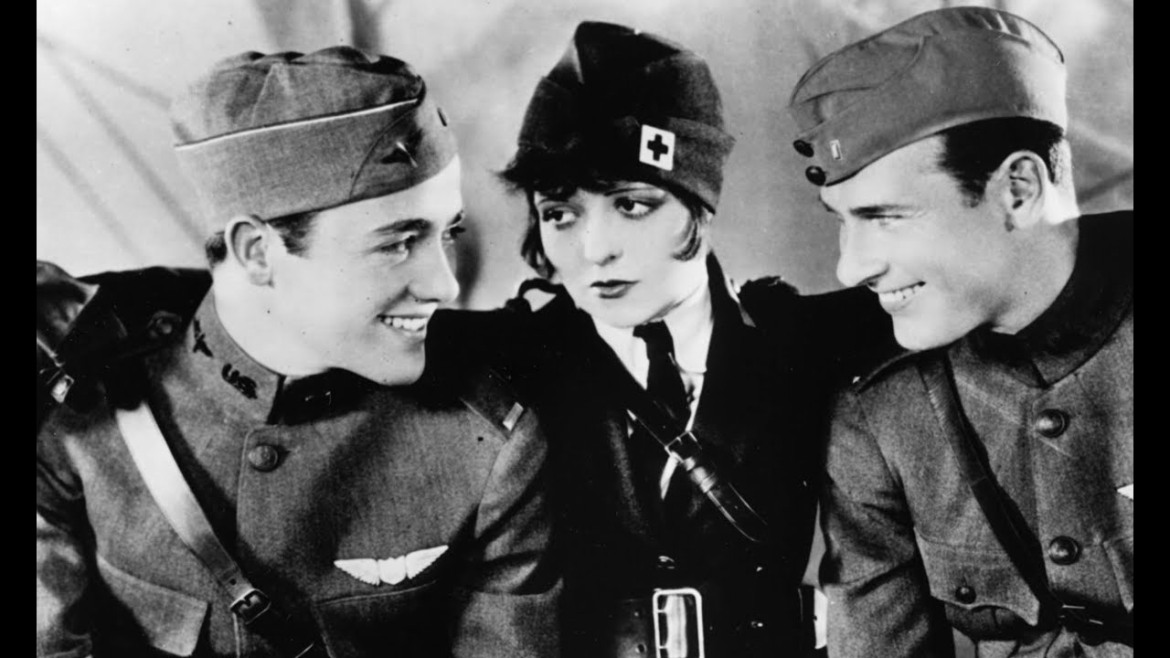
Wings (1927)
This spot was a struggle. In truth, I wanted to get a movie on this list which didn’t look at World War II. Wings is perhaps best known for taking home the “Outstanding Picture” Oscar at the first ever Academy Awards. The film (which follows two WWI airman) stars the “It Girl” herself, Clara Bow, the always adorable Charles “Buddy” Rogers and Richard Arlen.
The film is a technical marvel, especially for 1927. Does it feel its age in places? Of course. However, when remembering that this was shot when special effects were still very much in their infancy (and computers didn’t exist), it’s mind-blowing to think of how intricate and dangerous many of these stunts were.
Speaking from a personal perspective, I’ve been a fan of Buddy Rogers for a long time, having first watched the adorable young actor in 1927’s My Best Girl (opposite soon to be wife Mary Pickford). He was such a solid young actor (especially in the silent era) and brings a powerful depiction of the effect of war on a generation. More on this in our next film.
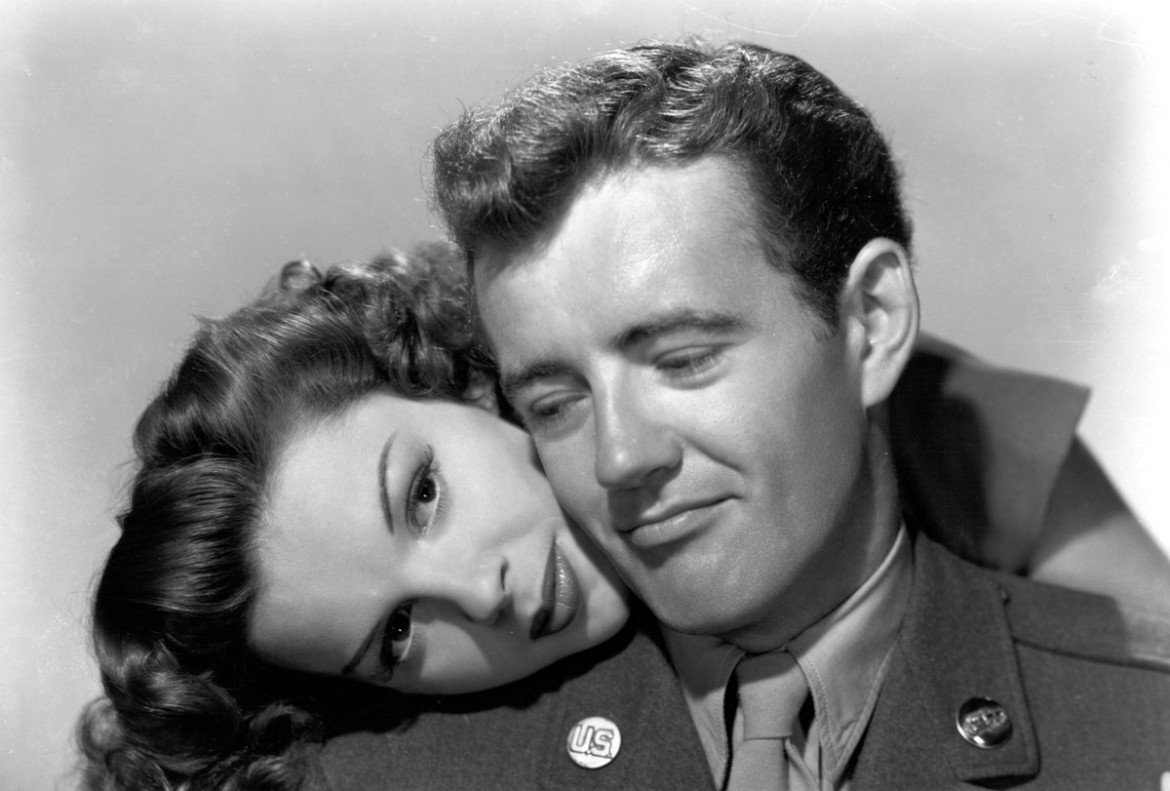
The Clock (1945)
I was torn on this spot as well, looking between this movie and 1944’s Since You’ve Been Away. Ultimately, the selling point for me in both is the presence of Robert Walker. The young actor’s filmography (and life for that matter) was short and quite tragic. However, in a fascinating example of the right actor hitting the screen at just the right time his life and screen persona meld so well to capture a stark realism to World War II. His youth and vulnerability stand in opposition to the other actors remembered from war movies of this period (John Wayne, Gary Cooper, Spencer Tray). While those men are the uber masculine soldier fighting on the front line, Walker represents the home-front. He’s the neighbourhood boy-next-door who takes his girl to the ice-cream shop before he enlists, and there’s a very real fear that he might not make it back. Combine this with the equally vulnerable and tragic Judy Garland, and you have a poignant on-screen pairing.

The Best Years of Our Lives (1946)
This film is probably the best remembered from this era, showcasing the dramatic (and turbulent) return to normalcy following the end of World War II. The film was (and is still) remembered with a glowing critical reaction. The Best Years of Our Lives won seven Oscars, including Picture, Best Actor, Best Supporting Actor, Director, Screenplay, Editing and Music. The film features an all-star cast including Myrna Loy, Teresa Wright, Frederic March, Dana Andrews and Harold Russell.
The action of war transitioned so smoothly to the forced conservatism of the 1950s, that the post-war period is often forgotten about. This film (directed by William Wyler) really puts a face to this period. March and Russell received Oscars for their stirring performances as veterans struggling to adjust to life after the war. Dana Andrews gives an equally good (but under-remembered) performance, showcasing not only PTSD, but also how a generation of veterans morphed into “The Man in the Gray Flannel Suit” generation of the 1950s.
[polldaddy poll=10016895]
